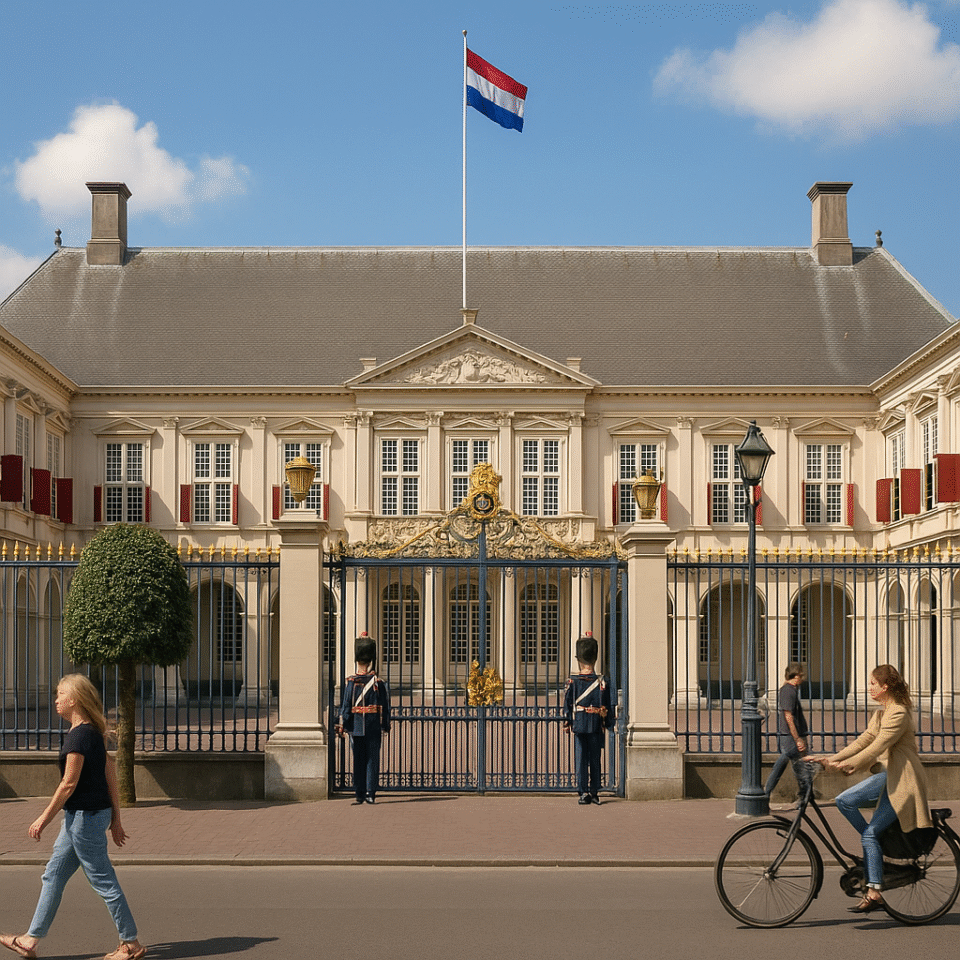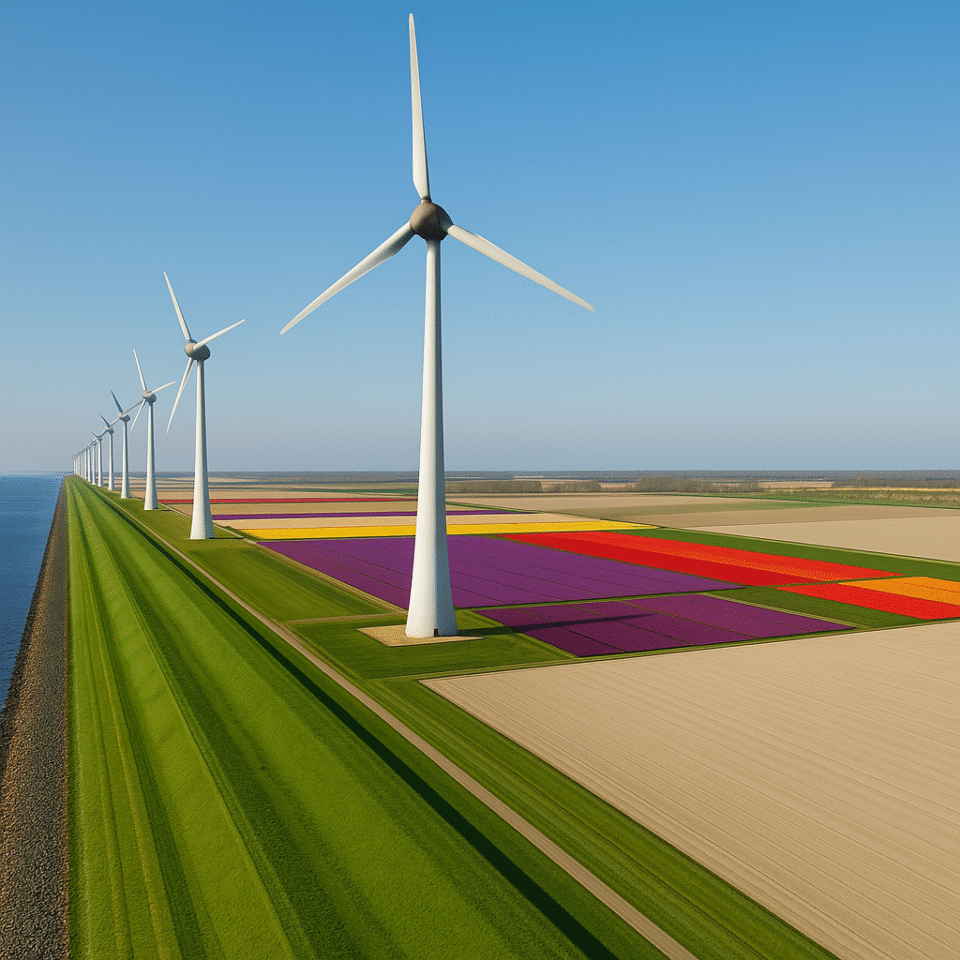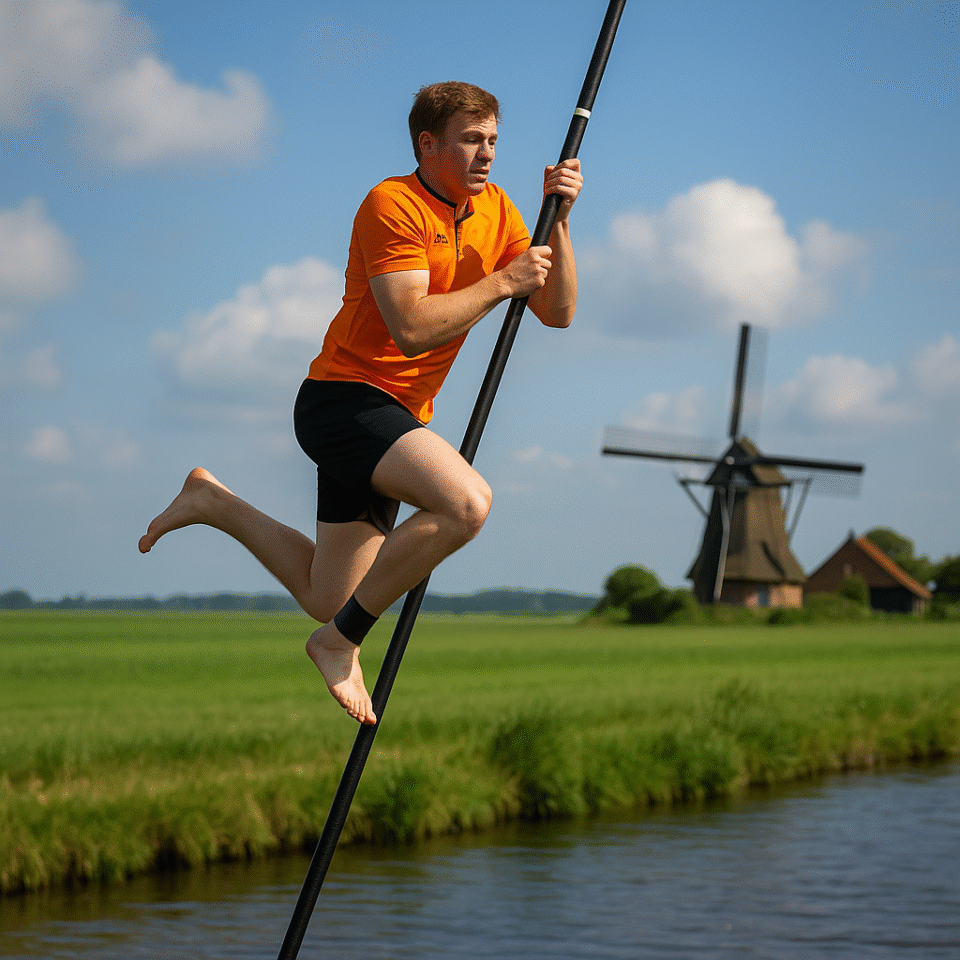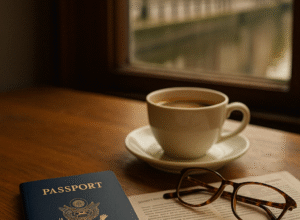From Quiet Dignity to Modern Monarchy: How the House of Orange-Nassau Shapes Dutch Identity
If you’ve ever wondered what a truly modern monarchy looks like, the Dutch royal family offers a fascinating case study. Unlike the grand pageantry of Britain’s Windsor clan, the House of Orange-Nassau operates with a distinctly Dutch sensibility: practical, approachable, and refreshingly down-to-earth.
You might find it surprising that in a country known for its progressive values and straightforward culture, a hereditary monarchy not only survives but continues to enjoy strong public support. A 2025 Ipsos survey found that 59 percent of Dutch respondents favored maintaining the monarchy, up from 50 percent the year before. Yet this isn’t a royal house defined by pomp and centuries-old tradition.
Who Are the Dutch Royals?
King Willem-Alexander succeeded his mother, Queen Beatrix, upon her abdication on April 30, 2013, becoming the first male Dutch monarch since 1890. He represents a break from the stereotype of distant royalty. He attended public schools in the Netherlands and finished his secondary education at UWC Atlantic College in Wales, later studying history at Leiden University.
His wife, Queen Máxima, brings an even more remarkable story. Argentine by birth, she worked in international finance when she met Willem-Alexander in 1999. At the time, he introduced himself simply as “Alexander,” and she thought he was joking when he later revealed he was the Prince of Orange.
The couple has three daughters: Princess Catharina-Amalia (the Princess of Orange), Princess Alexia, and Princess Ariane. Princess Catharina-Amalia, currently 20, serves as heir apparent and is increasingly seen as a capable future queen. A 2025 poll found that 61 percent of respondents view her as suitable for the role.
A Monarchy Built on Restraint
What strikes many Americans about the Dutch monarchy is how deliberately unremarkable it tries to be. In practice, the monarch has no executive power and almost never speaks publicly outside of formal speeches prepared by the Prime Minister.
This design is intentional. The Dutch royal family functions within a ceremonial constitutional monarchy, where the king or queen serves primarily as a national symbol. Their role is largely cultural, not political.
As former Prime Minister Mark Rutte once quipped, the Netherlands is “simply a republic in which one family continuously provides the serving president.”
How Different Are They from the British Royals?
The contrast with the British monarchy is stark. While Britain’s royal family maintains multiple official residences and operates under elaborate protocols, the Dutch version feels almost minimalist. The Dutch King and Queen live modestly (in comparison) at Huis ten Bosch Palace in The Hague and keep a much smaller staff and public footprint.
Financially, the Dutch monarchy operates on a tighter budget. The official royal allowance is €8.4 million per year—€5.8 million for the King and €1 million for Queen Máxima. However, broader costs, including security and staffing, bring the total closer to €45–50 million annually. For comparison, the British monarchy’s budget exceeds £100 million, highlighting the Dutch commitment to frugality.
The Máxima Effect
Queen Máxima has redefined the role of a Dutch queen. She consistently ranks as one of the most popular public figures in the country. In recent polls, she scored an 8 out of 10, while King Willem-Alexander received a more modest 6.5.
Her background adds to her appeal. She is the first Dutch queen consort born outside Europe and the first to come from a non-aristocratic background. Her warmth and relatability have resonated deeply with the Dutch public.
Still, her path hasn’t been without controversy. Her father’s role in Argentina’s military dictatorship meant her parents were not invited to her wedding, a decision reflecting the Netherlands’ commitment to human rights and transparency.
Koningsdag: The Most Democratic Royal Celebration
If you want to understand the Dutch monarchy’s unique spirit, Koningsdag is the perfect lens. Celebrated each year on April 27 to honor the King’s birthday, the holiday transforms the Netherlands into a massive nationwide street festival.
There are no military parades or grandiose ceremonies. Instead, families set up flea markets, people flood the streets in orange, and the royal family mingles with the public. It’s participatory, informal, and fun—the opposite of traditional royal spectacle.
Recent Challenges and Human Moments
The royal family is not immune to missteps. In 2020, public opinion of King Willem-Alexander dropped sharply after the family vacationed in Greece during COVID restrictions. The backlash was swift, and the king issued a public apology.
More recently, King Willem-Alexander and Queen Máxima chose not to attend the funeral of Pope Francis, held on April 26, 2025. The date conflicted with Koningsdag celebrations, which proceeded as planned, though they were delayed by an hour as a mark of respect. Queen Máxima expressed her regret and called the Pope a figure of inspiration. Prime Minister Dick Schoof represented the Netherlands at the funeral.
These moments highlight the delicate balance the Dutch royals must strike between public duty and public expectation.
Understanding Royal Protocol as an American
If you’re visiting the Netherlands during a royal occasion, you won’t be expected to bow or curtsy. A respectful handshake is enough. The royals are addressed as “Your Majesty” upon first meeting, followed by “sir” or “ma’am” afterward.
Culturally, the Dutch view their monarchy without excessive reverence. Royals are seen not as divinely appointed, but as public servants with ceremonial responsibilities. It’s a perspective grounded in practicality and mutual respect.
Looking Forward: The Next Generation
The future of the Dutch monarchy rests with Princess Catharina-Amalia, who is gradually stepping into public life. Known for her calm presence and sharp intellect, she is regarded as approachable and prepared.
As the monarchy evolves, it must remain relevant in a changing world. Yet if the past is any indication, the House of Orange-Nassau is well-positioned to adapt. Its strength lies not in grandeur but in its quiet commitment to public service.
For Americans curious about monarchy in a democratic society, the Dutch royal family offers a compelling example of how tradition can coexist with modern values. It’s not about pageantry. It’s about presence, and the understanding that even kings and queens serve at the pleasure of the people.








